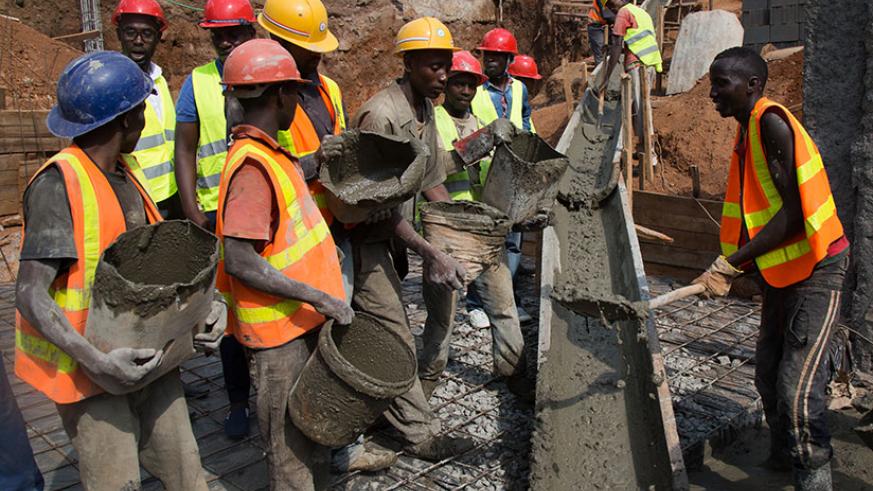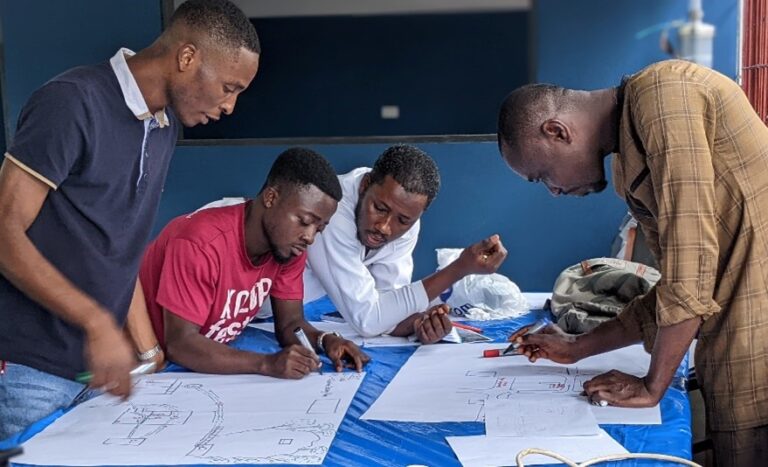Small Construction Companies are Struggling to Repay Loans – Kenyan Wall Street
The construction, mining, and hospitality sectors have the highest outstanding loans among micro, small, and medium enterprises (MSMEs), according to a recent CIS Kenya analysis.
- The building and construction sector’s high default rate of 18% is particularly driven by delayed government payments, rising material costs, and heavy reliance on credit for large-scale projects.
- Many small contractors struggle with cash flow disruptions, making it difficult to service loans on time and lenders have become more cautious, tightening credit conditions for construction firms.
- Conversely, MSMEs in the services sector, particularly professional and personal services, have shown stronger repayment performance.
“Many sectors experienced volatility during the five-year period greatly impacted on by Covid-19 disruptions. Though recovery was witnessed from 2021, the hospitality and services sectors continued to struggle,” the report noted.

Lenders are contemplating the expansion of credit access by tapping on alternative collateral options and adopting data-driven credit scoring models. The banking sector is also pushing for a switch from the current risk based pricing model to a common reference rate. Policymakers have advocated for financial literacy programs to help MSMEs manage debt more effectively.
The report shows that the number of mobile-based digital loans for MSMEs surged in 2021 but have since declined by about 19% due to regulatory shifts and market saturation. Despite this, digital credit remains a critical solution for businesses in rural areas where traditional banking infrastructure is scant.
As expected, unsecured loans dominate in volume, with over 12.7 million issued, compared to just 400,000 secured loans. However, secured loans account for nearly 95% of the total value, highlighting a gap in financing for MSMEs without high-value collateral.
Lending Skewed towards Men
Gender disparities in credit allocation persist, with male-led MSMEs receiving the bulk of funding, even as women entrepreneurs demonstrate strong repayment performance. Male borrowers dominate high-value sectors like trade and agriculture, benefiting from greater collateral access, including land and vehicles.
Women-led businesses remain at a disadvantage, receiving just 36% of total MSME loans. The data also shows that older female entrepreneurs (51-60 years) receive more funding, while younger women struggle to access credit.
Geographically, lending remains concentrated in Nairobi, Mombasa, Kiambu, and Nakuru, leaving rural businesses underserved. While digital lending has expanded financial inclusion, traditional banking still favors urban enterprises with established assets.
Despite signs of post-pandemic recovery, 91% of loans overdue by 90 days remain unpaid, reflecting an ongoing financial strain. With MSMEs driving 40% of Kenya’s economy, policymakers are scratching their heads on how to improve credit access.








